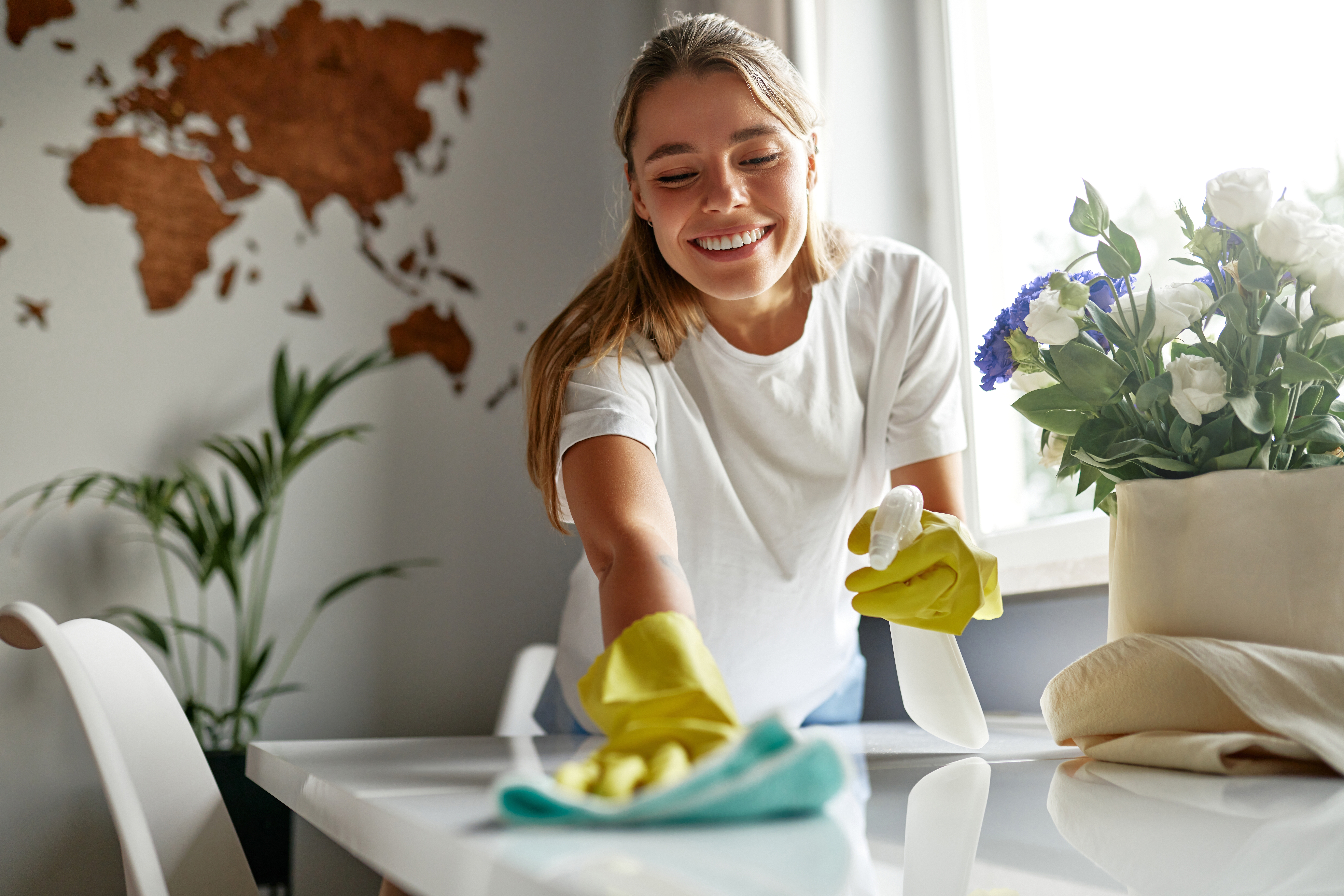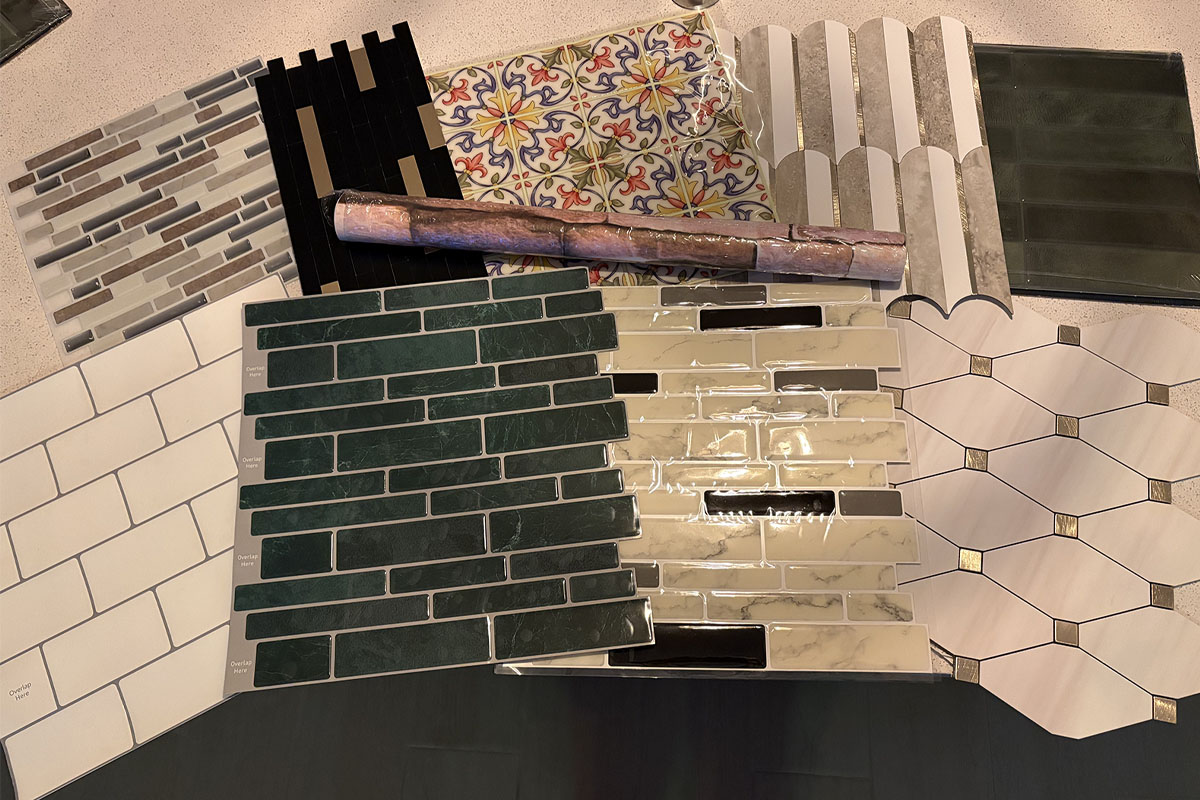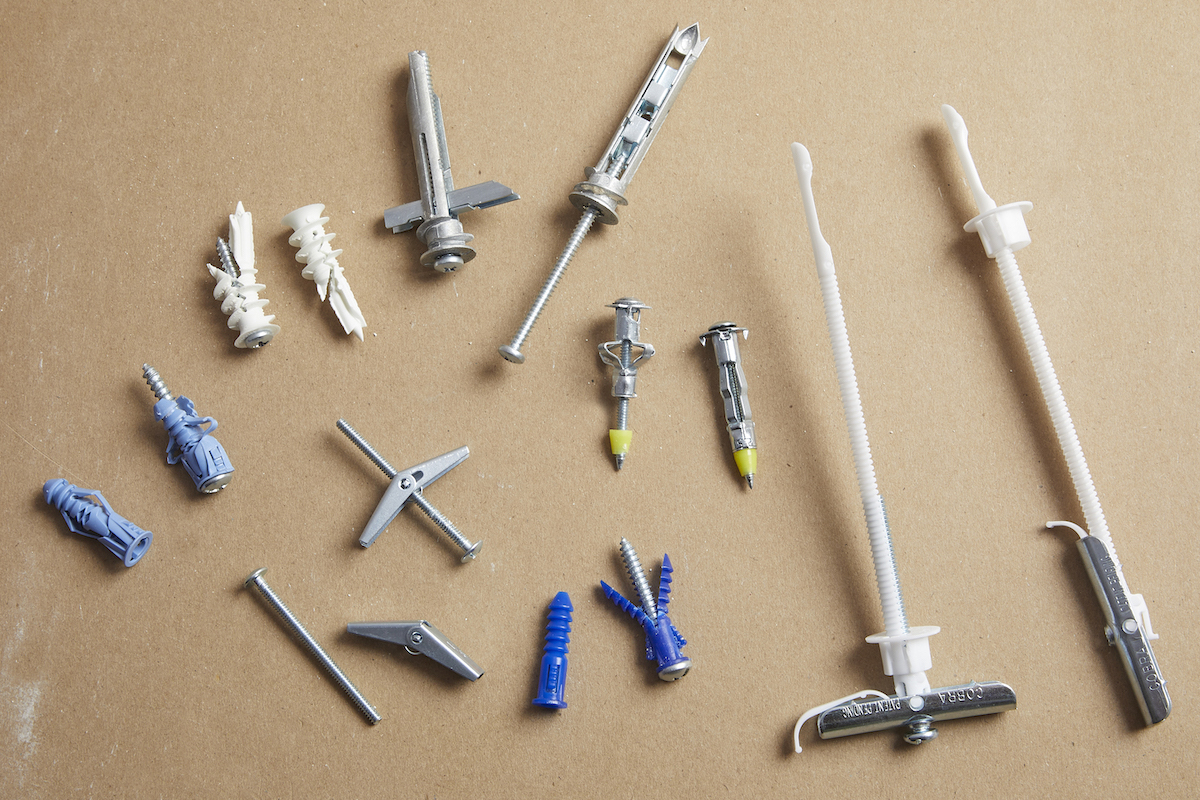We may earn revenue from the products available on this page and participate in affiliate programs. Learn More ›
Have you ever read about a cleaning trick that promises to make your home perfect, while saving you time, effort, and money? According to websites or social media, just trying a certain tactic or using a certain product can solve all your problems, even when you’re trying to clean a number of items from grout to windows to clothing.
But some of the cleaning hacks you read about online aren’t what they seem. We spoke with professional house cleaners about five common cleaning hacks that don’t actually work—and better ways to get the job done right.
1. Vinegar is a miracle cleaner.
Many sources claim that vinegar cleans and disinfects everything in your home, but vinegar isn’t strong enough to entirely disinfect effectively, says Lori Bailey, founder and owner of Miss Organized in New York and New Jersey. Plus, vinegar can cause problems. “It can damage stone like marble and granite, waxed wood, and other finishes,” says Bailey.
“Vinegar is highly acidic,” adds Jecko De Leon, operations manager of Bear Brothers Cleaning in Alabama. “It can strip the top coating off hardwood floors, so be wary of that. On stone counters, it can corrode the surface, and it may also damage rubber gaskets in fridges or dishwashers.” Over time, you can end up with a dulled surface.
Instead of using vinegar for disinfecting, choose diluted hydrogen peroxide or disinfectant wipes. “For stone and other sealed surfaces, using a pH-neutral cleaner designed specifically for that material is the way to go,” suggests Bailey. This will clean the stone safely without damaging the surface. Plus, these cleaners, such as the Stone Care International Cleaner available at Amazon, typically contain an enhancement to help lengthen the life of the stone.
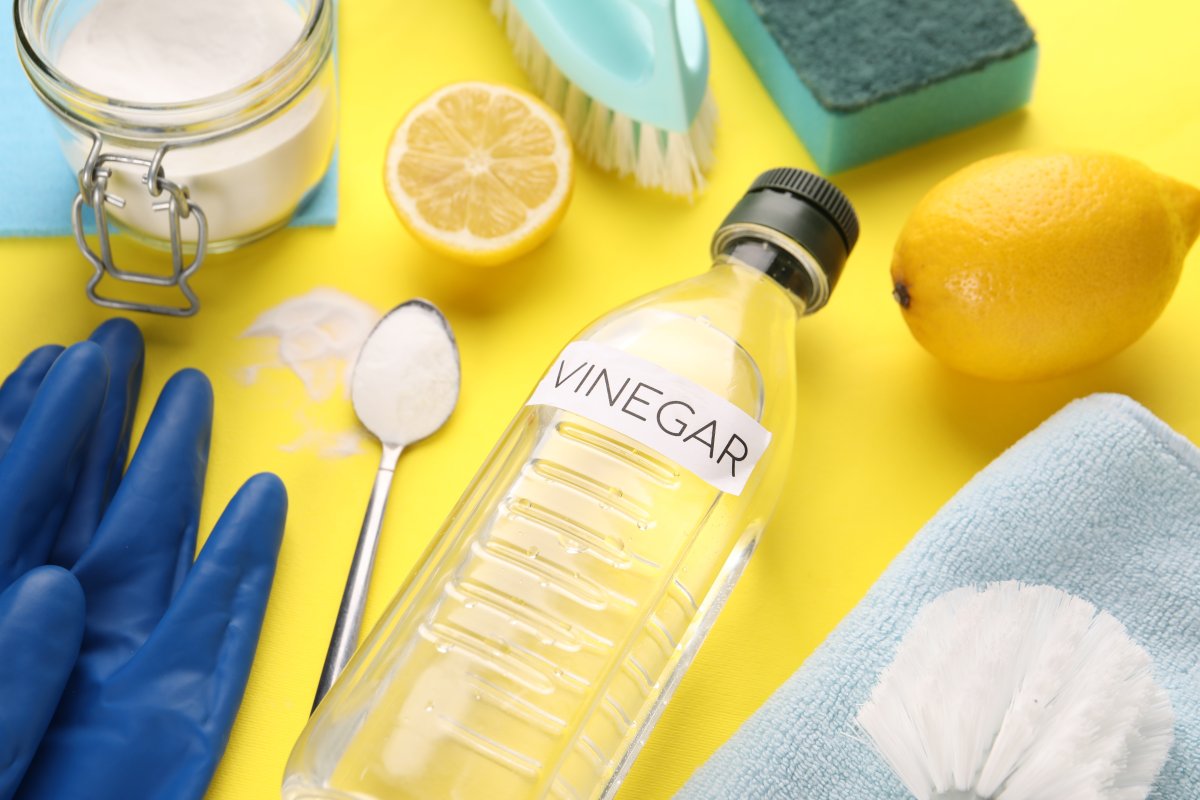
2. Dryer sheets can remove dust from surfaces.
You might have read that rubbing dryer sheets over surfaces in your home, such as baseboards, keeps dust away for a longer period of time. However, the dryer sheets actually leave behind a sticky residue that can attract more dust over time, says Bailey, so skip this cleaning shortcut.
“Use a microfiber cloth since it traps the dust instead of just moving it around,” says Bailey. To also reduce static, lightly dampen the cloth. We recommend MR.SIGA Microfiber Cleaning Cloths available at Amazon.
3. Toothpaste or baking soda will make your sneakers white again.
Baking soda has many cleaning attributes, such as for cleaning stained grout. But have you ever scrubbed your shoes with toothpaste or baking soda but been disappointed with the results? While you might have been told that this would help brighten your shoes, this is a myth.
“Toothpaste contains whitening agents and abrasives that are meant for enamel—not fabric or rubber,” explains Bailey. “It can actually scratch or turn your sneakers yellow. And baking soda dries chalky, leaving a white film on your sneakers without lifting any stains.”
Instead, soak your sneakers overnight in a tub of hot water with a mix of OxiClean White Revive and Arm & Hammer Laundry Booster, recommends Bailey. “Remove them from the overnight soak and place the sneakers into a mesh laundry bag, and then do a delicate laundry cycle with regular detergent. The sneakers will look brand new.”
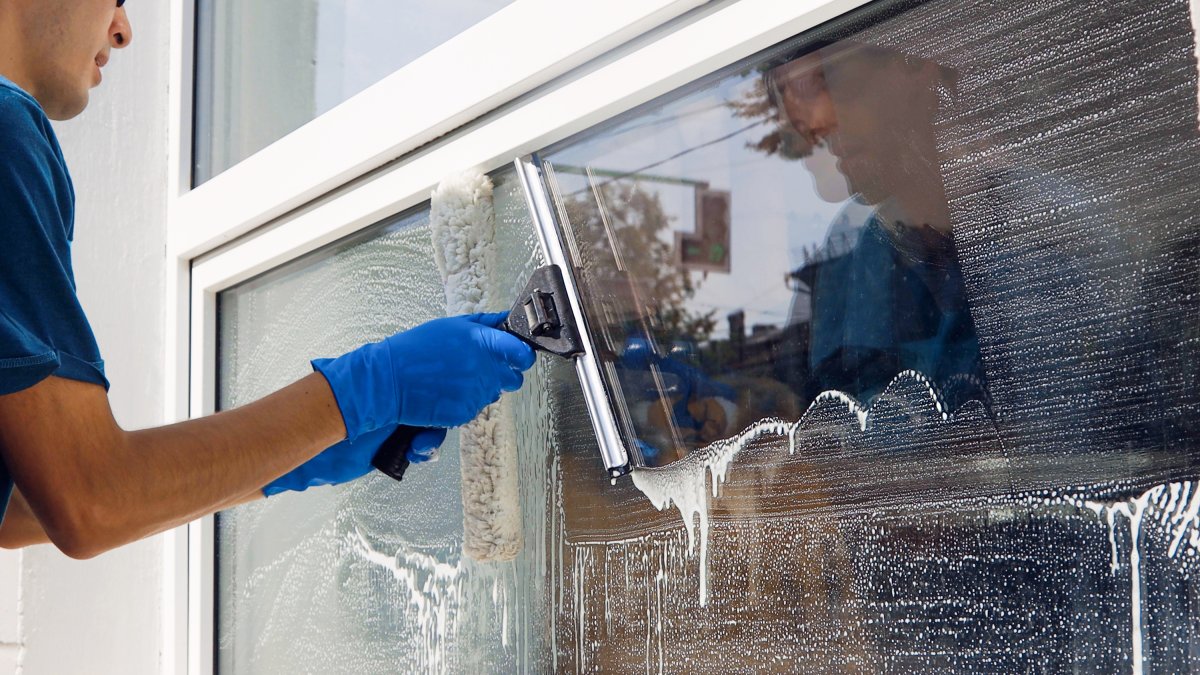
4. Clean windows with newspaper.
For decades, people cleaned their windows with newspaper and vinegar since it was an easy and inexpensive option that didn’t leave behind residue or streaks. However, this no longer works, as the materials have changed over the years, according to professional cleaners.
“Today’s printing ink is soy-based, which smears easily and leaves streaks on your glass or mirror,” says De Leon. Also, newspapers aren’t as strong as they used to be. In the past, newspapers were made with much thicker paper. The cheaper paper today doesn’t hold up as well, so the material is less suitable for cleaning glass. The papers are thinner and less absorbent, so they can fall apart easily, leaving behind fibers and a mess on the window.
Forget the newspaper. The best way to clean a glass surface is to use a soft microfiber cloth or a lint-free rag. “Wipe the glass surface in circles, then use the dry side to buff the surface until it’s very clear,” explains De Leon. Professional-grade squeegees such as MR.SIGA Professional Window Cleaning Combo Squeegee available at Amazon along with gentle but effective cleaning solutions also do an excellent job removing grime without damaging the glass.
5. Polish metal with lemon juice.
While lemon is commonly found in many cleaning products, either as a main ingredient or a refreshing scent, the acid in lemon can actually discolor metal surfaces, says De Leon. “It can leave uneven spots on copper or brass, and on chrome or aluminum it speeds up corrosion,” he explains. A much more effective approach that he recommends is cleaning metals in your kitchen using baking soda made into a paste. “Just dab it on the spots in your cookware or kitchenware.”
The post 5 Hacks That Make Cleaning Experts Cringe appeared first on Bob Vila.
